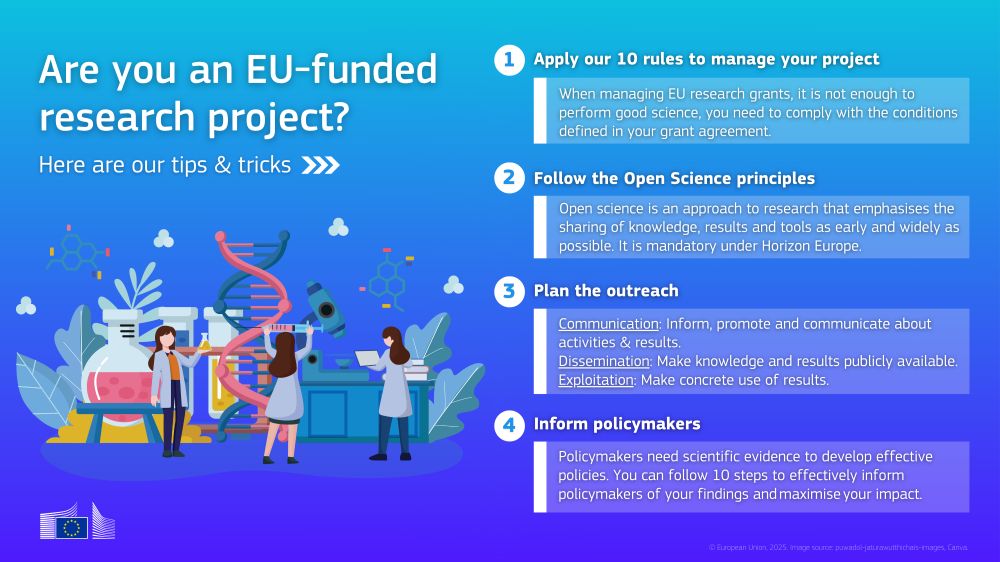EU Science, Research & Innovation
@scienceinnovation.ec.europa.eu
720 followers
14 following
30 posts
The EU channel for scientists & researchers: opportunities to fund your ideas, updates from EU-funded science, and scientific resources you can use in your work.
Posts
Media
Videos
Starter Packs
Reposted by EU Science, Research & Innovation
















